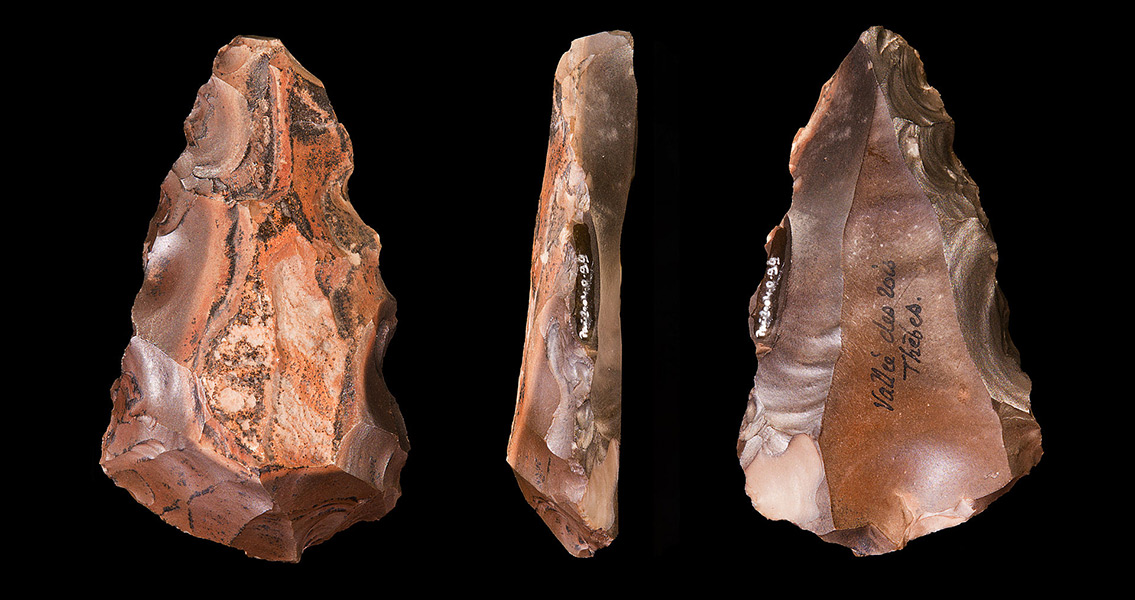<![CDATA[An ancient archaeological site discovered in China in 2002 has been identified as a possible children’s playground. The Heitugou site, which has only now been dated with any accuracy, to around two million years ago, is located in Yangyuan county, northern China. The area that scientists believe was a playground spans some six square metres and is full of stone artefacts which could have been used as toys. In addition to the over 700 small objects, there are more than 20,000 fragments at the site. At least one of the items bears the marks of human manipulation, perhaps in an attempt to make a toy for a child, according to lead researcher, paleoanthropologist Wei Qi. He suggested that all of the toys had been made by women or by the children who played with them. Although the size - between 2 and 5 cm long - and quantity of the artefacts are the main evidence that has led the researchers to believe the site was a playground, there are additional clues that have reinforced this belief. Among these is the lack of any large amounts of animal remains nearby - an abundance of animal remains would indicate a living area, but at Heitugou there are only a few bones from elephants and rhinos. Another indicator that the area had a special, non-work related purpose is the absence of larger stone artefacts, i.e. tools. Apparently, the site stopped being used suddenly, as a result of some natural event such as a landslide, the researchers have suggested, based on the lack of signs of wearing on the artefacts and their concentration in one place. There is some doubt as to whether all the objects were shaped by human hand, says another scientist, Gao Xing, from the Institute of Vertebrate Paleontology with the Chinese Academy of Sciences. Unfortunately, establishing if the artefacts had been hand crafted would be a serious challenge given the current technological capabilities at the disposal of scientists. Wei, however, is certain that the objects were made to be used precisely as toys. One of them, he explained, was so skillfully shaped that it rivaled much more recent jewellery. Although he admitted the possibility that the items could be nothing more than stone pieces, he added that if that were the case then most Stone Age artefacts in museums around the world should be subjected to the same degree of scrutiny as to whether they were purposefully shaped as tools and weapons or not. The find raises some very important questions about the migration patterns of early hominins after they left Africa, around 1.8 million years ago. According to the dominant theory, they first went into Europe, and from there proceeded to expand into Asia. However, if it turns out that there were hominins living in northern China before that time, then the timeline of this migration will have to be reconsidered. Currently, it is thought that the oldest human habitat outside of Africa is Dmanisi in Georgia, which has been dated to 1.8 million years ago. The Heitugou site, however, has been dated to 1.95 million years ago. Image courtesy of Wikimedia Commons user: Didier Descouens]]>
Early Human Children Played with Toys
